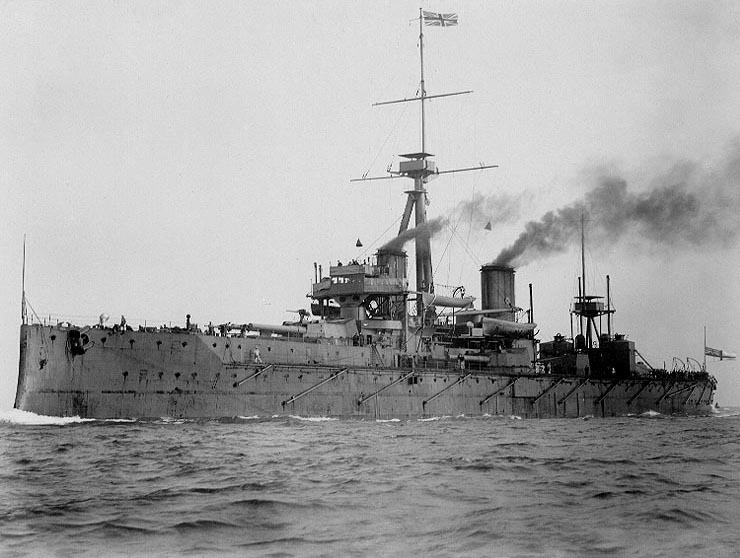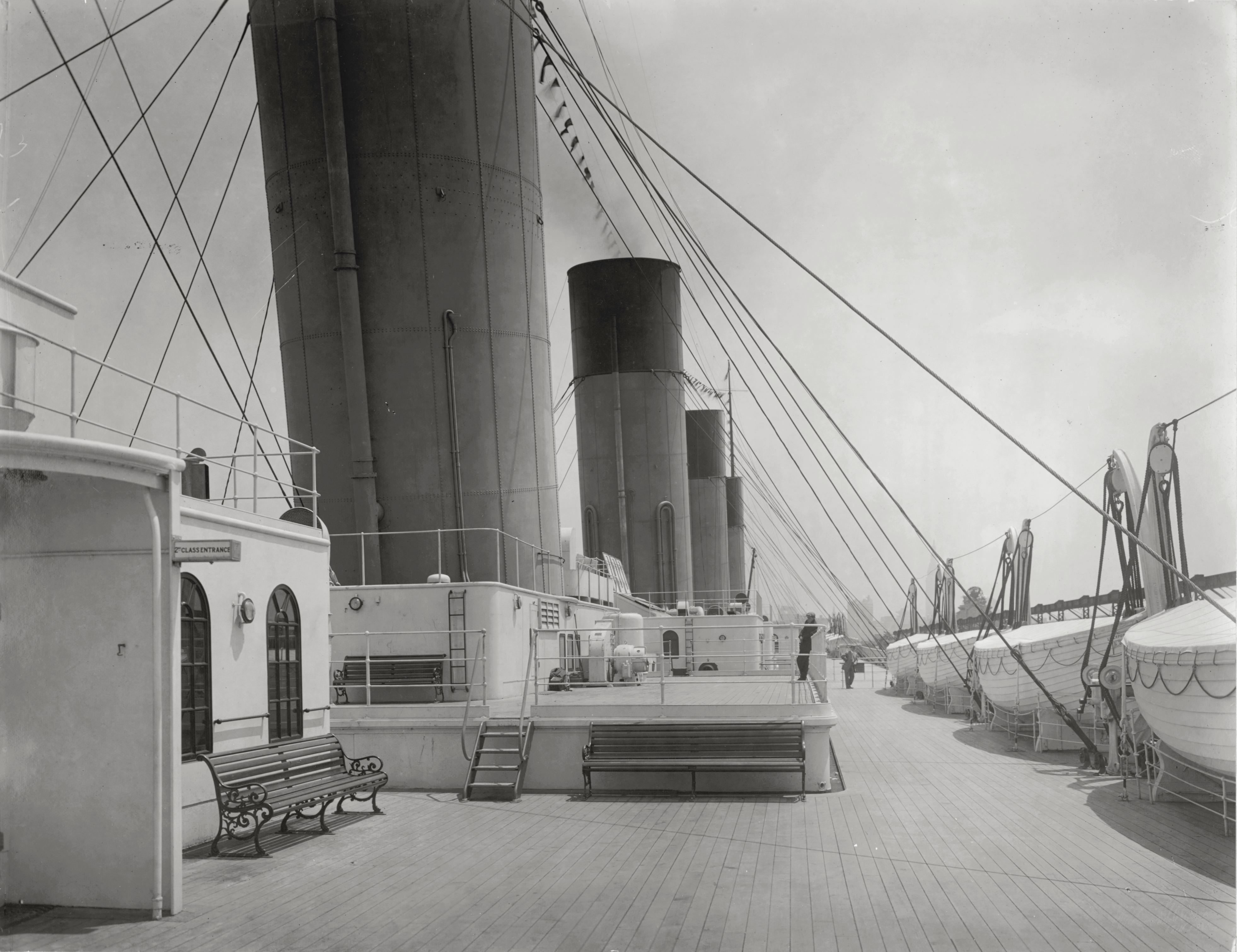|
Steering Pole
A steering pole is a light spar extending from the bow of a straight deck ship which aids the wheelsman in steering. Ancient literature indicates that steering poles have long been part of boat construction, and are referred to in ancient texts such as the Epic of Gilgamesh The ''Epic of Gilgamesh'' () is an epic poetry, epic from ancient Mesopotamia. The literary history of Gilgamesh begins with five Sumerian language, Sumerian poems about Gilgamesh (formerly read as Sumerian "Bilgames"), king of Uruk, some of .... References {{reflist Shipbuilding ... [...More Info...] [...Related Items...] OR: [Wikipedia] [Google] [Baidu] |
Spar (sailing)
A spar is a pole of wood, metal or lightweight materials such as carbon fibre used in the rigging of a sailing vessel to carry or support its sail. These include yards, booms, and masts, which serve both to deploy sail and resist compressive and bending forces, as well as the bowsprit and spinnaker pole. In larger vessels during the age of sail, spare spars could be roped together to provide a temporary surface known as a "spar deck". These served as jury-rigged repairs for permanent decks, or as an additional platform under which to shelter goods or crew. The term was also informally applied to areas of the forecastle The forecastle ( ; contracted as fo'c'sle or fo'c's'le) is the upper deck (ship), deck of a sailing ship forward of the foremast, or, historically, the forward part of a ship with the sailors' living quarters. Related to the latter meaning is t ... or quarterdeck where spare spars were stored by laying them flat against the existing decking. In the moder ... [...More Info...] [...Related Items...] OR: [Wikipedia] [Google] [Baidu] |
Bow (ship)
The bow () is the forward part of the hull of a ship or boat, the point that is usually most forward when the vessel is underway. The aft end of the boat is the stern. Prow may be used as a synonym for bow or it may mean the forward-most part of the bow above the waterline. Function A ship's bow should be designed to enable the hull to pass efficiently through the water. Bow shapes vary according to the speed of the boat, the seas or waterways being navigated, and the vessel's function. Where sea conditions are likely to promote pitching, it is useful if the bow provides reserve buoyancy; a flared bow (a raked stem with flared topsides) is ideal to reduce the amount of water shipped over the bow. Ideally, the bow should reduce the resistance and should be tall enough to prevent water from regularly washing over the top of it. Large commercial barges on inland waterways rarely meet big waves and may have remarkably little freeboard at the bow, whereas fast military ... [...More Info...] [...Related Items...] OR: [Wikipedia] [Google] [Baidu] |
Deck (ship)
A deck is a permanent covering over a Compartment (ship), compartment or a hull (watercraft), hull of a ship. On a boat or ship, the primary or upper deck is the horizontal structure that forms the "roof" of the hull, strengthening it and serving as the primary working surface. Vessels often have more than one level both within the hull and in the superstructure above the primary deck, similar to the floors of a multi-storey building, that are also referred to as decks, as are certain compartments and decks built over specific areas of the superstructure. Decks for some purposes have specific names. Structure The main purpose of the upper or primary deck is structural, and only secondarily to provide weather-tightness and support people and equipment. The deck serves as the lid to the complex box girder which can be identified as the hull. It resists Tension (physics), tension, Compression (physics), compression, and racking forces. The deck's scantling is usually the same as t ... [...More Info...] [...Related Items...] OR: [Wikipedia] [Google] [Baidu] |
Ship
A ship is a large watercraft, vessel that travels the world's oceans and other Waterway, navigable waterways, carrying cargo or passengers, or in support of specialized missions, such as defense, research and fishing. Ships are generally distinguished from boats, based on size, shape, load capacity and purpose. Ships have supported Geographic exploration, exploration, Global trade, trade, Naval warfare, warfare, Human migration, migration, colonization, and science. Ship transport is responsible for the largest portion of world commerce. The word ''ship'' has meant, depending on the era and the context, either just a large vessel or specifically a Full-rigged ship, ship-rigged sailing ship with three or more masts, each of which is Square rig, square-rigged. The earliest historical evidence of boats is found in Egypt during the 4th millennium BCE. In 2024, ships had a global cargo capacity of 2.4 billion tons, with the three largest classes being ships carrying dry bulk (43%), ... [...More Info...] [...Related Items...] OR: [Wikipedia] [Google] [Baidu] |
Wheelsman (nautical)
A helmsman or helm (sometimes driver or steersman) is a person who steers a ship, sailboat, submarine, other type of maritime vessel, airship, or spacecraft. The rank and seniority of the helmsman may vary: on small vessels such as fishing vessels and yachts, the functions of the helmsman are combined with that of the skipper; on larger vessels, there is a separate officer of the watch who is responsible for the safe navigation of the ship and gives orders to the helmsman, who physically steers the ship in accordance with those orders. In the merchant navy, the person at the helm is usually an able seaman, particularly during ship arrivals, departures, and while maneuvering in restricted waters or other conditions requiring precise steering. An ordinary seaman is commonly restricted to steering in open waters. Moreover, military ships may have a seaman or quartermaster at the helm. A professional helmsman maintains a steady course, properly executes all rudder orders, and c ... [...More Info...] [...Related Items...] OR: [Wikipedia] [Google] [Baidu] |
Epic Of Gilgamesh
The ''Epic of Gilgamesh'' () is an epic poetry, epic from ancient Mesopotamia. The literary history of Gilgamesh begins with five Sumerian language, Sumerian poems about Gilgamesh (formerly read as Sumerian "Bilgames"), king of Uruk, some of which may date back to the Third Dynasty of Ur (). These independent stories were later used as source material for a combined epic in Akkadian language, Akkadian. The first surviving version of this combined epic, known as the "Old Babylonian" version, dates back to the 18th century BCE and is titled after its incipit, ''Shūtur eli sharrī'' ("Surpassing All Other Kings"). Only a few clay tablet, tablets of it have survived. The later Standard Babylonian version compiled by Sîn-lēqi-unninni dates to somewhere between the 13th to the 10th centuries BCE and bears the incipit ''Sha naqba īmuru'' ("He who Saw the Deep(s)", ). Approximately two-thirds of this longer, twelve-tablet version have been recovered. Some of the best copies were d ... [...More Info...] [...Related Items...] OR: [Wikipedia] [Google] [Baidu] |



